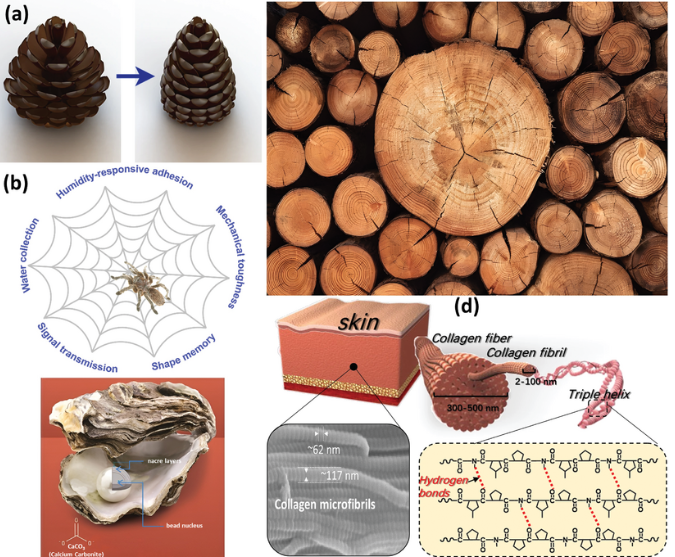Exploring Different Types of 3D Printing: A Guide to Choosing the Right Method for Your Project
- garry9907
- Apr 6, 2023
- 3 min read
3D printing is a rapidly advancing technology that has revolutionized the world of prototyping and manufacturing. It involves creating three-dimensional objects from a digital design file, layer by layer. There are different types of 3D printing, each with its own advantages and disadvantages. Choosing the right type of 3D printing method depends on the project's requirements, including the desired material, resolution, and complexity of the object.

Fused Deposition Modeling (FDM): FDM is one of the most common types of 3D printing. It works by extruding a thermoplastic material, such as ABS or PLA, through a nozzle and layering it to create the object. FDM is a popular choice for prototyping, as it is affordable and can produce functional parts quickly. However, FDM parts may not have the highest level of detail or surface finish.
Example: FDM can be used to create prototypes for consumer electronics, such as phone cases or remote controls.

Stereolithography (SLA): SLA uses a laser to cure a liquid photopolymer resin, layer by layer, to create a solid object. SLA can produce high-resolution parts with smooth surfaces and fine details. It has limited material options.
Example: SLA is commonly used in the dental industry to create precise dental implants and molds.

Selective Laser Sintering (SLS): SLS uses a laser to fuse powdered material, such as nylon, layer by layer. SLS can produce strong and durable parts with high levels of detail and resolution. It requires post-processing to remove excess powder from the finished part.
Example: SLS can be used to create functional prototypes for automotive parts, aerospace components, and medical devices.

: DMLS is a type of 3D printing that uses a laser to fuse metal powder, layer by layer, to create a solid object. DMLS is capable of producing parts with high levels of detail and resolution, as well as complex geometries that are difficult to achieve with traditional manufacturing methods. DMLS is commonly used in the aerospace, medical, and dental industries to create functional prototypes, as well as end-use parts. The finished parts may require post-processing, such as heat treatment or surface finishing, to achieve the desired properties and surface finish.
Example: DMLS can be used to create complex metal parts for aircraft engines or dental implants.
Digital Light Processing (DLP): DLP uses a projector to project an image onto a vat of photopolymer resin, which is then cured by UV light to create a solid object. DLP can produce high-resolution parts quickly and has a smooth surface finish. It has limited material options.
Example: DLP can be used to create dental models, jewelry, and figurines.
Binder Jetting: Binder jetting uses a liquid binder to join layers of powdered material, such as metal or ceramic, to create a solid object. Binder jetting can produce parts with a high level of detail and resolution, but it has limited strength and durability. Additionally, it requires post-processing to remove excess powder from the finished part.
Example: Binder jetting can be used to create models for architectural and engineering projects.
In conclusion, 3D printing is a versatile technology that offers several different methods for creating three-dimensional objects. Each method has its own advantages and disadvantages, and choosing the right method depends on the project's requirements, including the desired material, resolution, and complexity of the object. By understanding the different types of 3D printing, designers and manufacturers can select the method that best suits their needs and produce high-quality parts and prototypes for a wide range of applications.




Comments